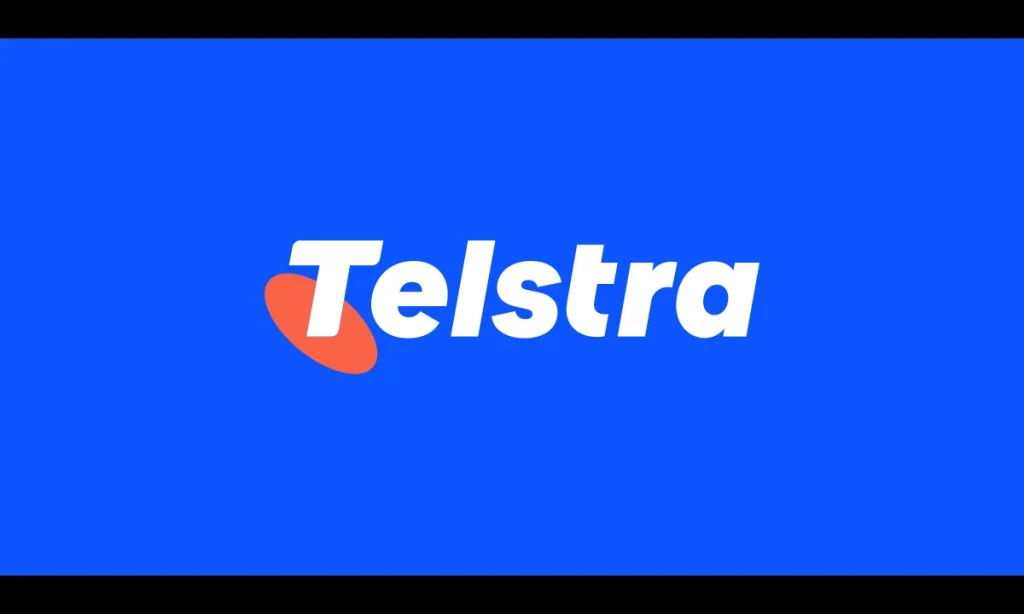- The quantum-enhanced system delivered accuracy matching Telstra’s deep-learning models yet was trained in days rather than weeks.
- The trial hints at cost, energy and infrastructure-efficiencies for network operators by reducing reliance on heavy GPU infrastructure.
What happened: Telstra, has completed a 12-month collaboration with quantum specialist SQC
Telstra in Australia embarked on a one-year trial with SQC to explore how quantum machine-learning could be used to monitor and optimise network performance more efficiently. The project employed SQC’s quantum-reservoir system, named “Watermelon”, which generates quantum features that feed into an AI model.
The objective was two-fold: to ascertain whether those quantum-generated features could forecast key network metrics (such as latency or bandwidth) and to compare the outcome with an existing deep-learning model.
According to the companies, the quantum model reached the same prediction accuracy as Telstra’s deep-learning approach, yet it achieved this with markedly less training time and hardware delivery effort. Training the quantum reservoir took only days, whereas the deep-learning approach required weeks and heavier GPU hardware.
Also read: Vodafone and Three to overhaul infrastructure for smarter growth
Also read: Vodafone launches $545M buyback after growth
Why it’s important
For network operators, predictive analytics is a critical function: being able to foresee performance issues, adapt resources dynamically and avoid customer impact gives a competitive edge. Telstra already uses classical machine-learning systems to monitor network metrics such as latency and bandwidth in order to trigger proactive responses.
Introducing quantum-machine-learning into that workflow offers multiple potential advantages. First, the reduced training time (days vs weeks) means quicker iteration and deployment of predictive models. Second, the fact the quantum reservoir did not require heavy GPU infrastructure suggests lower operational costs, less energy consumption and possibly a smaller carbon footprint.
From a strategic standpoint, the trial signals that quantum technologies are shifting away from purely lab-based experiments and into real-world industry applications. In the Australian context it also underscores how home-grown innovation, via SQC’s quantum chips built in silicon, can partner with operator infrastructure to drive digital-infrastructure evolution.
In sum, this collaboration between Telstra and SQC provides a meaningful case-study of quantum machine-learning applied in the telecommunications sector. It raises the prospect that network operators globally could leverage quantum-enhanced analytics to deliver smarter, faster, more efficient connectivity services — in turn influencing how next-generation digital infrastructure is built and operated.

